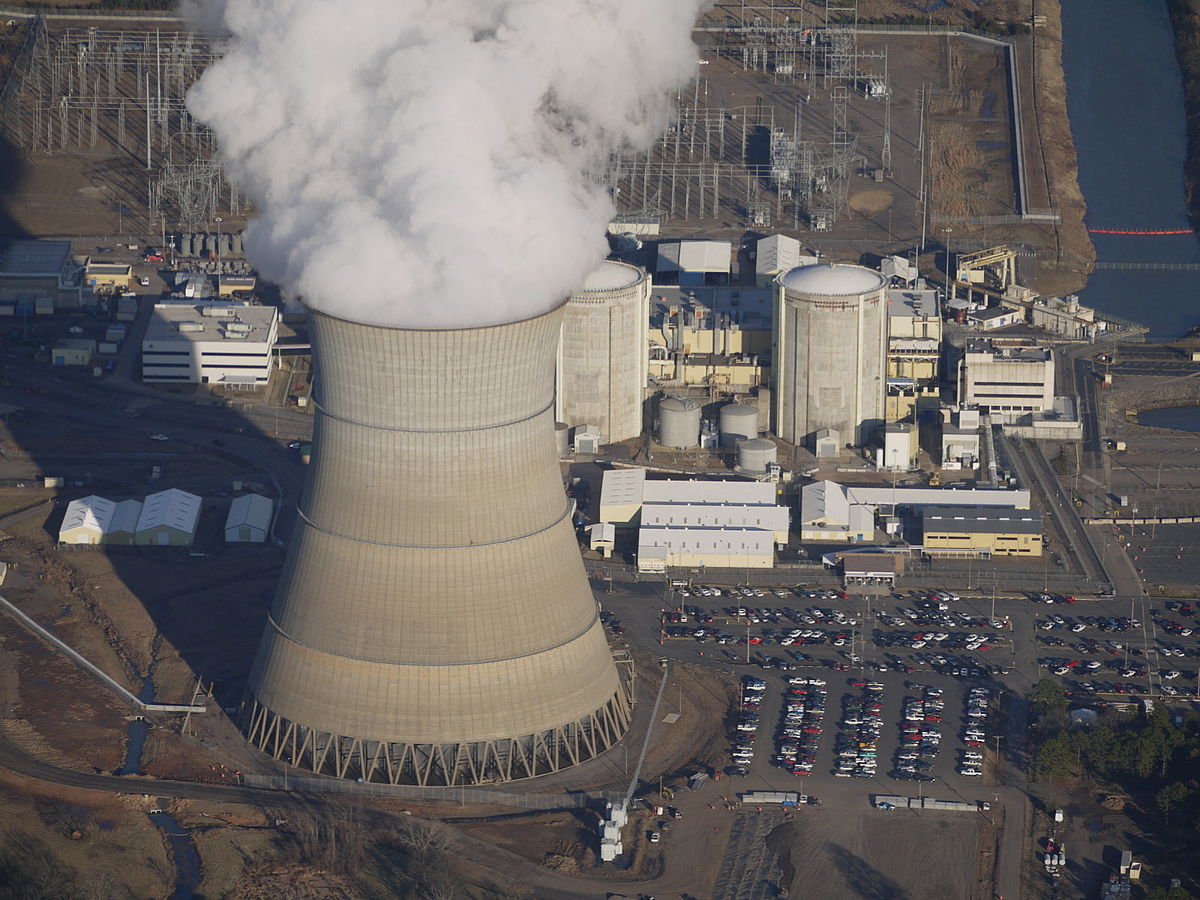Nuclear power plant owners and operators that are about to shut down for economic reasons might request for funds to prevent doing so prematurely.

WASHINGTON, D.C. — The Biden administration is beginning a $6 billion drive to save nuclear power reactors that are on the verge of shutting down, stressing the need to keep nuclear energy as a carbon-free source of power that aids in climate change mitigation.
The US Department of Energy told The Associated Press confidentially just before the formal announcement that a certification and bidding procedure for a civil nuclear credit programme that is meant to bail out financially distressed owners or operators of nuclear power reactors began on Tuesday. It’s the government’s biggest bet on rescuing financially troubled nuclear plants.
Nuclear power plant owners and operators that are about to shut down for economic reasons might request for funds to prevent doing so prematurely. The first round of rewards will be given to reactors that meet certain criteria.
The second round will be offered to facilities that are more economically distressed. President Joe Biden’s $1 trillion infrastructure bill, which he signed into law in November, provided funding for the initiative.
“Nuclear power facilities in the United States provide more than half of our carbon-free electricity, and President Biden is committed to keeping these plants operational in order to meet our clean energy goals,” said Energy Secretary Jennifer Granholm in a statement. “To get our country powered by clean energy by 2035, we’re utilising every instrument at our disposal, including prioritising our current nuclear fleet to ensure continuous emissions-free electricity generation and economic stability for the communities spearheading this critical effort.”
Nuclear power will assist to replace fossil fuels in some way, according to a significant majority of states (about two-thirds). In the last decade, a dozen commercial nuclear power reactors in the United States have shut down before their licences expired, owing to cheaper natural gas competition, substantial operating losses due to low electricity prices and growing expenses, or the need of extensive repairs. According to the DOE, this has resulted in an increase in emissions in certain places, lower air quality, and the loss of thousands of high-paying jobs, causing an economic blow to local communities. According to the DOE, a quarter or more of the fleet is in jeopardy. Seven of the reactors that are currently operational have already indicated plans to retire them by 2025.




















